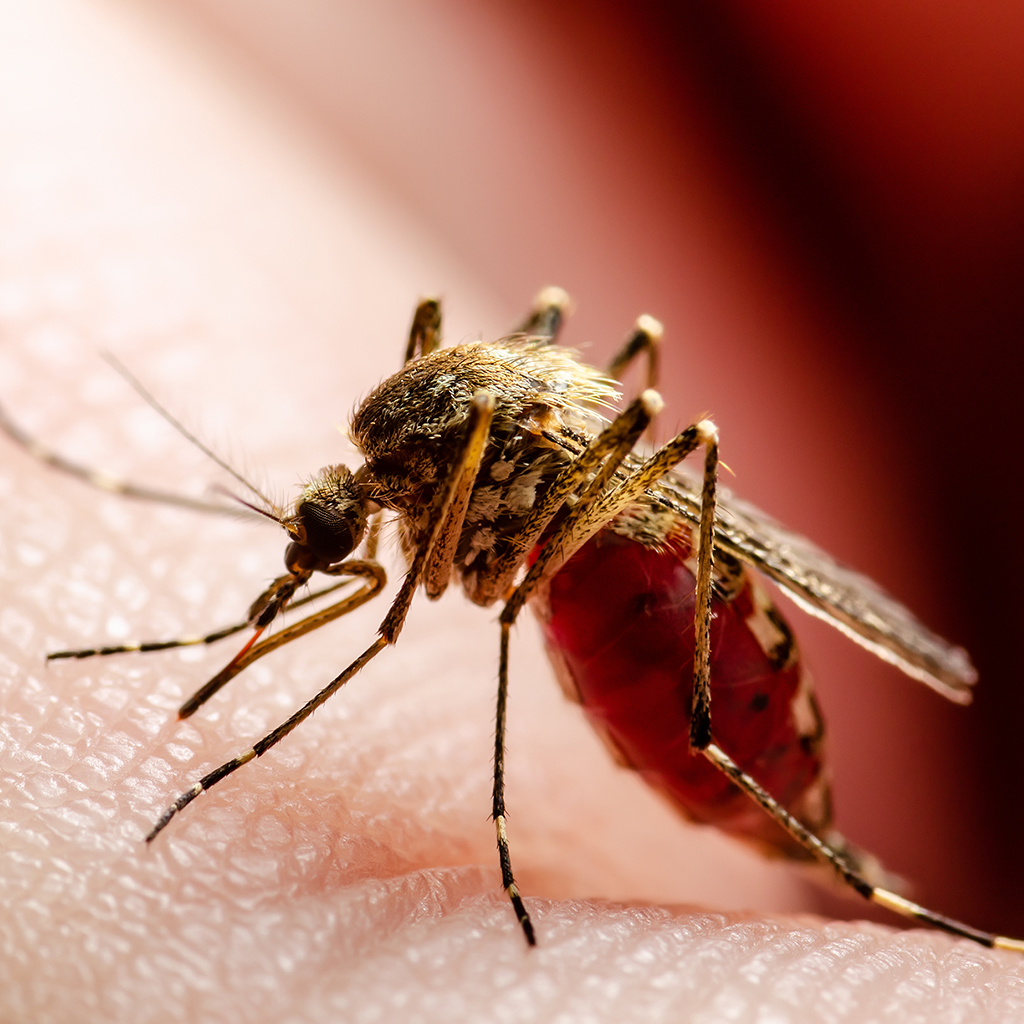What is the West Nile Virus and how it manifests

Publication date: 24-08-2022
Updated on: 28-04-2023
Topic: Virology
Estimated reading time: 1 min
Article Author
Gea Gardini
Medical Editor
Antonella Castagna
Editor and Translator
Viktoryia LuhakovaOver 144 cases of West Nile Virus (WNV) in humans have been reported in various Italian regions since June 2022. Italy is one of the most affected countries in Europe, in particular Emilia Romagna, Veneto, Piedmont,and Lombardy regions. In most cases, an infection transmitted to humans through the bite of an infected mosquito has no symptoms, but in the elderly or those with weakened immune systems, it can cause serious illness.
What is West Nile Virus?
As described by the ISS, West Nile fever is a disease caused by the West Nile Virus (WNV) from the Flaviviridae family, recognized for the first time in 1937 in Uganda. WNV has spread in Africa, West Asia, Europe, Australia and America.
The carriers of the virus are wild birds and mosquitoes (most often of the genus Culex), whose bites are the main route of transmission of the virus to humans. In almost all cases, infection does not occur from person to person, but through the bites of infected mosquitoes.
Symptoms
“Most of infected people have no symptoms, they can appear in some cases and for a few days. Most frequent symptoms include:
- headache;
- low-grade fever;
- nausea;
- vomit;
- swollen lymph nodes.
All symptoms resolve spontaneously”, explains Professor Antonella Castagna, Head of Infectious DiseasesUnit of the San Raffaele Research Hospital.
The most serious symptoms occur on average in less than 1% of infected people and include:
- high fever;
- severe headaches;
- muscle weakness;
- disorientation;
- tremors;
- visual disturbances;
- numbness, convulsions;
- paralysis;
- coma.
Some neurological effects can be permanent. In severe cases (about 1/1000) WNV can cause lethal encephalitis.
Diagnosis
It is important to consider the possibility of West Nile infection in all people who have a high fever and acute neurological disorders, similar to those of meningitis or encephalitis. Diagnostic suspicion can be confirmed by testing for IgM antibodies in blood serum or cerebrospinal fluid and looking for viral RNA by PCR.
“There are no specific vaccines or antivirals for the treatment of the West Nile virus, therefore prevention aimed at reducing the risk of bites is the most effective weapon we have”, explains Professor Castagna, who also coordinates a Tropical Medicine clinic for Travel and Migration at the San Raffaele Research Hospital.
How to reduce the risk of mosquito bites?
Here are some recommendations to reduce the risk of stings:
- use clothes with long sleeves, light colored long trousers and high shoes;
- periodically check the skin, especially in the exposed areas;
- uses anti-mosquito repellents with repeated applications, given the limited duration of their protective efficacy (prefer lotion and cream formulations);
- remediation of mosquito-infested environments with insecticides;
- use fumigating spirals for outdoor environments.